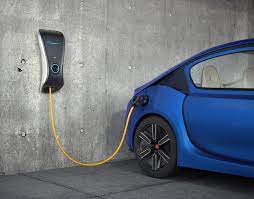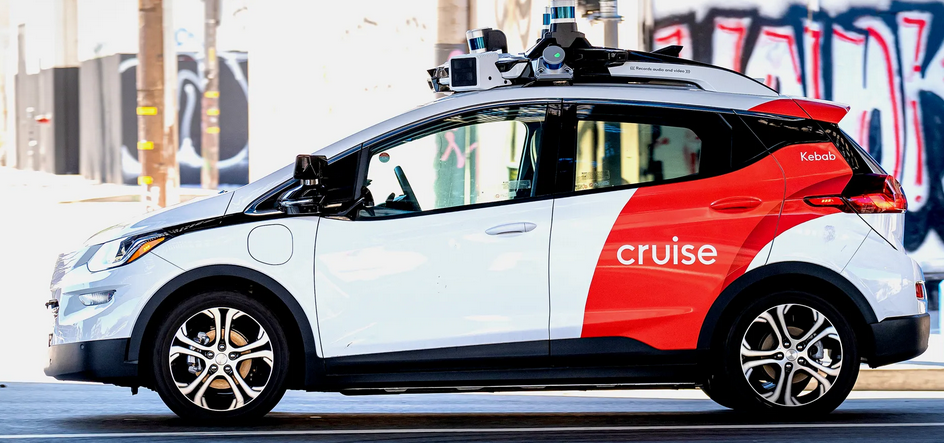Unlike internal combustion cars where your only “refill” option is to go to a fuel station, electric vehicles can also be charged at home. Having a choice is a good deal but they are not the same.
Public Charging
Public chargers use high voltage direct current (DC) to charge your battery. These charges will have a maximum power output typically in the range of 50 kW to 350 kW. The actual maximum charge rate will be limited by what your car is capable of and the state of charge of your battery. Let’s offer an example.
Let’s say the battery capacity of your car is 75 kWh and the maximum charge rate is 150 kW. Assuming the charger you are using can supply 150 kW you may assume you can fully charge your battery in 30 minutes. Generally that is not the case. You may be able to charge at the 150 kW rate until your battery reaches say 60% of full charge and then the rate will taper off as you get closer to full charge.
There is no general rule here — it is a function of your car. Hopefully the manufacturer has offered you some details.
Home Charging
Home charging is different. Alternating Current (AC) from your standard house circuits connects to a charger built into your car. These built-in chargers typically have maximum capacities from 11 to 22 kW. As you can see, that is going to mean longer charging times but that may not be important. There is a big difference between waiting while the public charger fills up your car vs. charging your car overnight while you sleep.
To use the AC charger you need a “charger box”. This is a unit which is connected to your home electrical system and offers a cable to connect to your car. These units come in 7.4 kW, 11 kW and 22 kW types. What you can use will depend on your home wiring. To put them in perspective, the 7.4 kW unit is the equivalent of a clothes dryer outlet, the 11 kW unit is the equivalent of an electric stove outlet and the 22 kW unit is twice that.
Using our previous example of a car with a 75 kWh battery, it will take a bit over ten hours to charge your car battery from 0 to 100% using the 7.4 kW unit. Assuming you get home from work at 6PM and plug your car in your car will be fully charged before you need to leave in the morning. And, the reality is you are generally not talking about charging from 0 to 100%.
Some electric utilities offer lower rates for electricity during the night. Thus you might be able to charge your car at the lower electric rate. No matter what, it is likely that home charging will cost less than public charging.



